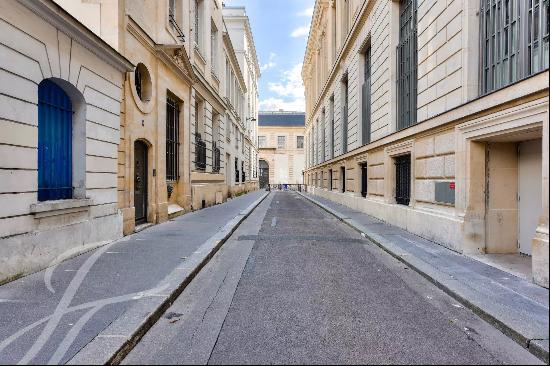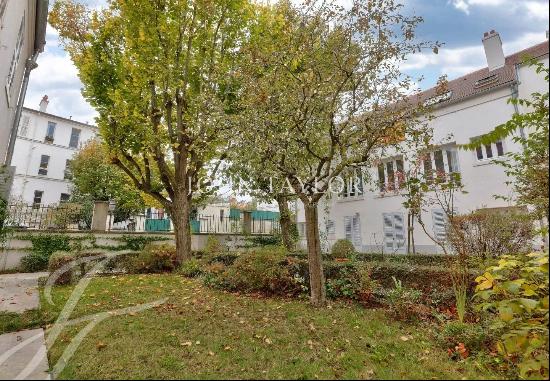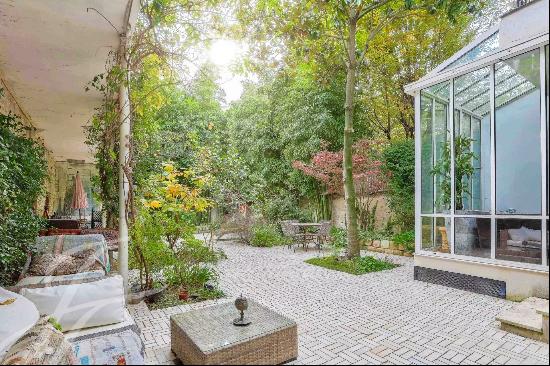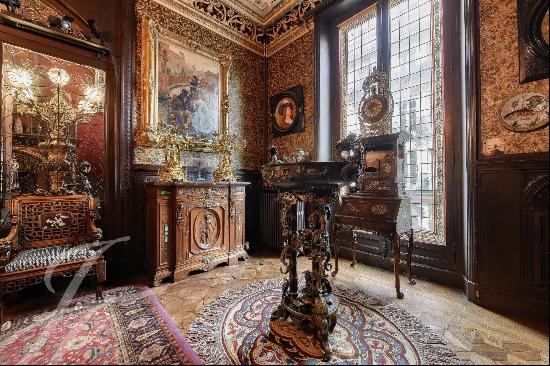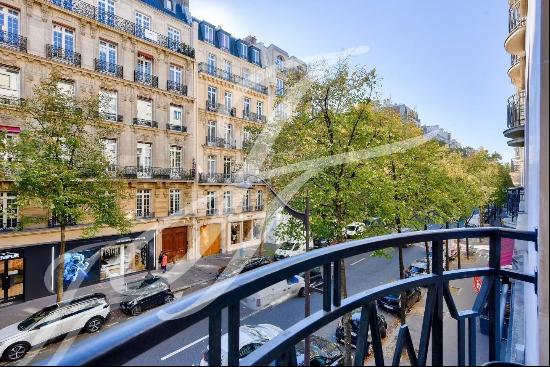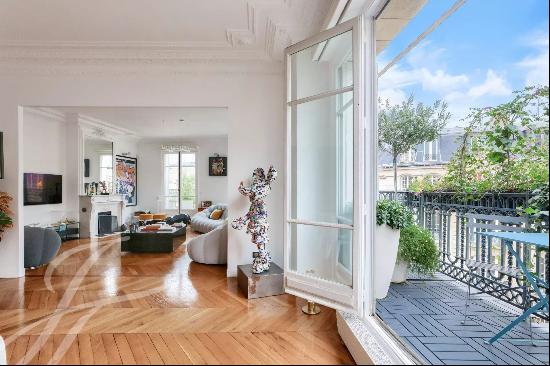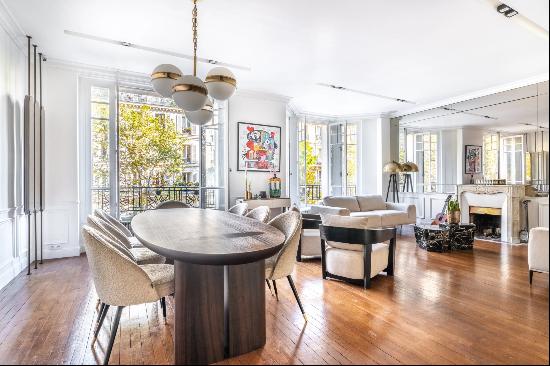
By Elise Bell
The rose garden has occupied a place in the human imagination for millennia. Believed to have been first cultivated in the temperate climates of the Middle East, evidence of the existence of cultivated roses can be found in the ancient city of Babylon, as well as in Assyria and China. Their earliest forms can also be seen in ancient Egypt; the walls of tombs in Thebes dating back to the 14th-century BC are richly illustrated with pleasure gardens — ponds adorned with lotus blossoms and columns decorated with poppies and roses.
Illuminated manuscripts show a creeping proliferation of roses in European gardens, with illustrations of Giovanni Boccaccio’s epic 14th-century love poem Teseida delle nozze d’Emilia detailing a golden-tressed Emilia sitting in an ornate rose garden as members of the court look on through a barred window. Much of the modern European rose population, however, can be traced back to the introduction of the China Rose, which became prominent thanks to the opening of trade borders with China in the 18th century.
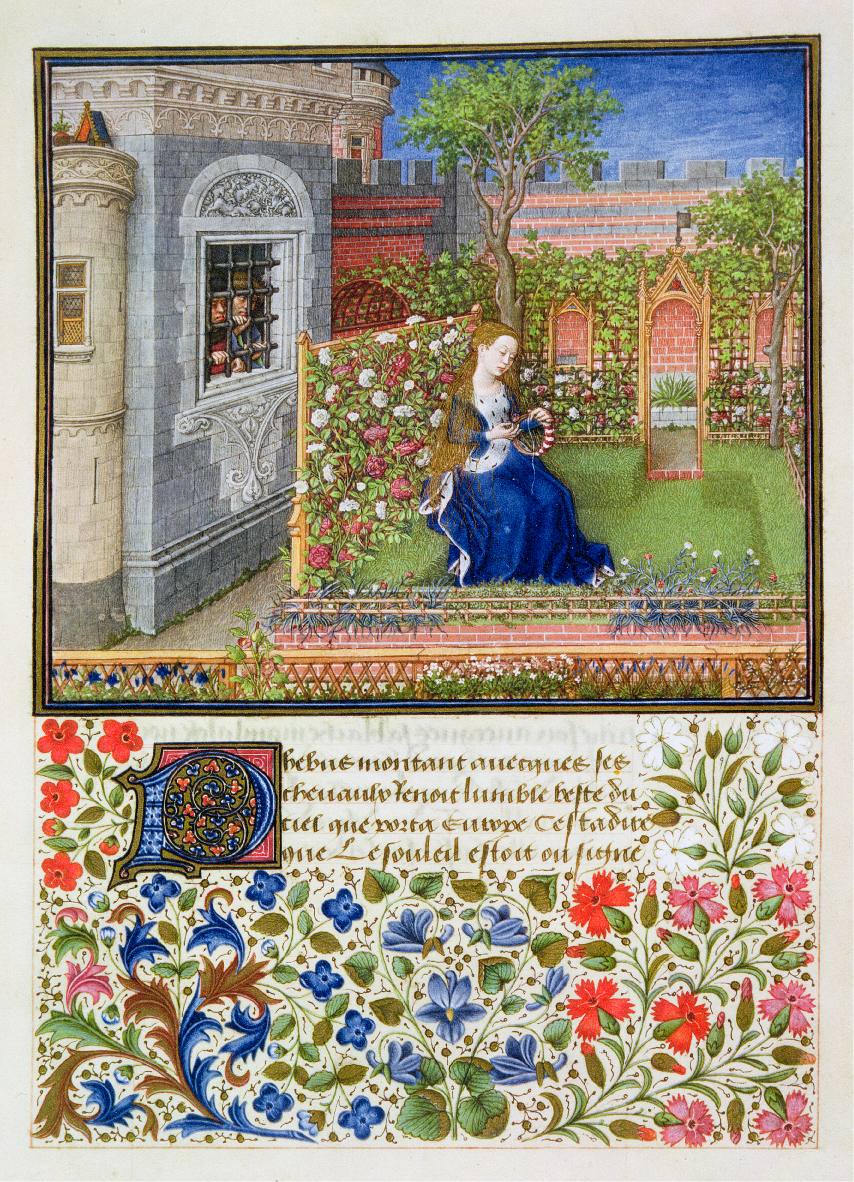
The rose garden as an aristocratic status symbol was popularised in part by the garden at Château de Malmaison, created by Napoleon’s Empress Joséphine (known, appropriately, as Rose in her youth). Bought in 1799, she turned the near-derelict estate west of Paris into a vision of Eden, with the help of landscape artist Louis-Martin Bethault, who assembled more than 250 species of rose, alongside rare magnolias, dahlias, hibiscus and peonies, imported from across the French empire. The peaceful oasis even served as the backdrop to Joséphine and Napoleon’s tumultuous love story: long after their divorce, Napoleon would visit her in the rose garden, much to the chagrin of his second wife, Marie Louise.
As the garden flourished, word of Joséphine’s ever-blooming roses reached new shores, bringing notoriety to Lee and Kennedy, a partnership of two families of Scottish nurserymen working from Hammersmith in London, who supplied the Empress with varieties such as Hume’s Blush Tea Scented China and Parson’s Pink. Such was their importance that the firm was even granted a special permit to come and go from France despite the revival of war between the two countries in 1803.
Taking inspiration from the work of Lee and Kennedy at Malmaison, garden designers in the 19th-century ushered in a new era of landscaping known as the formal style, borrowing from geometric gardens found in Iran, as well as the monastic gardens of the Middle Ages. In the early 19th-century, Lewis Kennedy (named after his grandfather, who founded Lee and Kennedy) brought this style to Chiswick House, creating an English rose garden believed to be the oldest in the country.
But formal gardens were not the only style popular during this period. Take Red House, a sprawling home and garden dreamed up by the Arts and Crafts designer William Morris and created in 1859 by architect Philip Webb, his close friend and collaborator. A home for Morris and his wife Jane, the property is an aesthetic amalgam of the former’s socialist principles and his fascination for medievalism and the Neo-Gothic. Here, the idyllic garden was one that had the appearance of wild abandon and romantic expression, the house designed in tandem with the landscaping around it. Unlike formal rose gardens, Morris decided that his garden should be “clothed” in traditional climbing roses, a vision that sees trellises of honeysuckle, white jasmine and wild rose adorn the red brick walls.
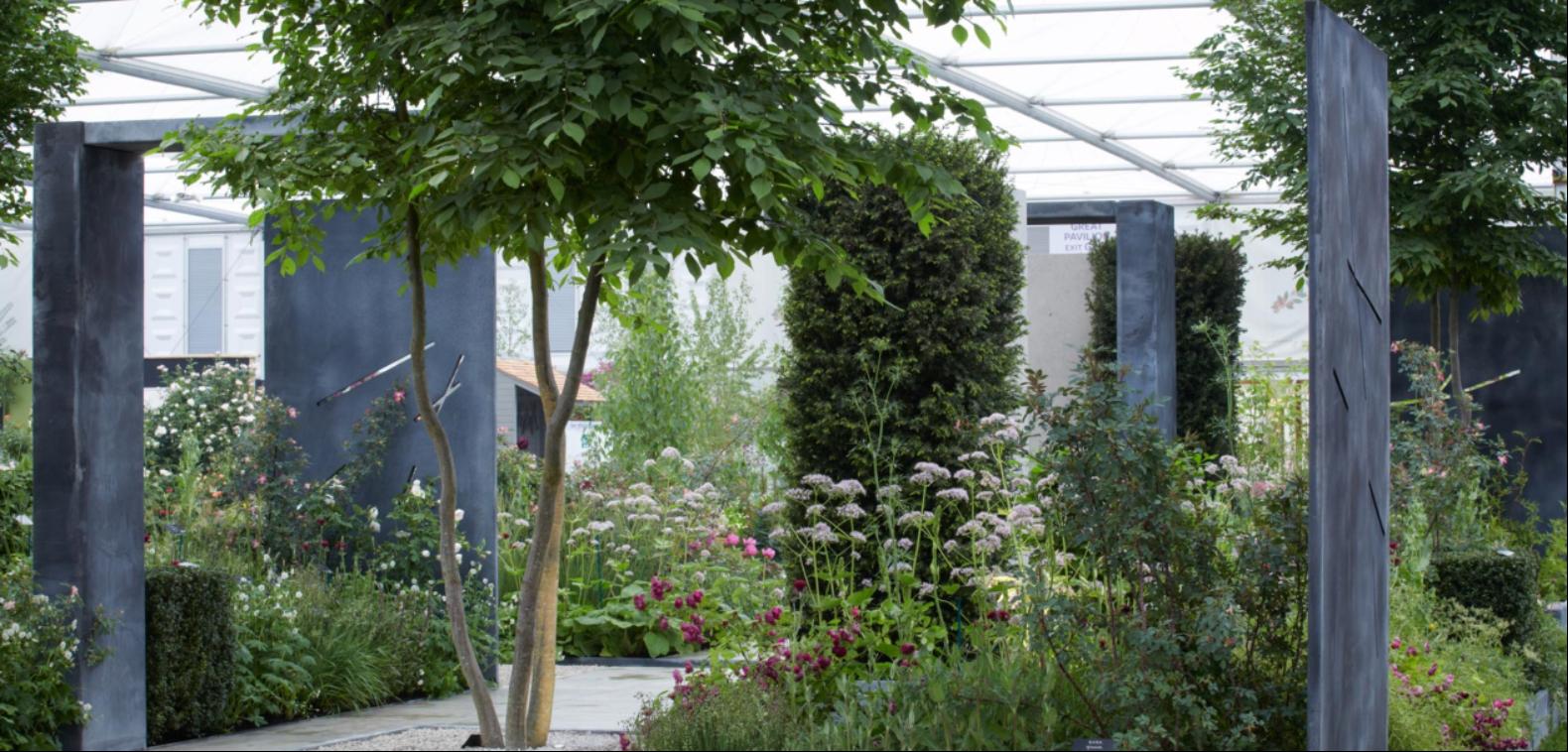
Since then, much-lauded rose cultivators like David Austin have continued to promote more traditional styles of rose garden, whereas others have pivoted towards a modernist reinterpretation. Designer Colm Joseph’s reimagining of a classical rose garden, a Chelsea Flower show award winner in 2019, sees a meadow of roses scattered amongst minimalist, sculptural forms of slate-grey steel screens and imposing limestone columns. Created to evoke a “naturalistic” and “sustainable” model of rose planting, it speaks to an interest in updating this type of garden for the 21st-century.
But it may be that this quintessential feature of British gardens and floristry becomes rarer, and more difficult to cultivate. A report published this year notes that 59% of all roses in the world grown for the cut flower market come from five countries in the global south that are disproportionately impacted by the extreme weather caused by climate change. In Kenya, Ethiopia and Uganda, source of more than a quarter of exported roses, extended droughts are a dangerous foe to the ever-thirsty plant. Elsewhere, and even closer to home in the UK, drastic changes in temperature are having a profound impact on ecology, increasing the number of pests and turning even temperate climates into hostile territory.
Throughout history, the rose has proven a hardy survivor, crossing land and sea, and inching its way into gardens great and small throughout the world. Long may it continue.
Photography: Howard Rice/David Austin Roses; Getty Images; Britt Willoughby Dyer








